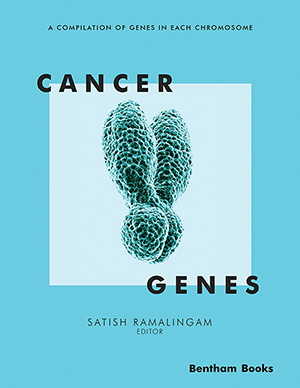Abstract
Gonadotropin-Releasing Hormone (GnRH) is the hypothalamic decapeptide which plays a key role in the control of reproductive functions. By binding to specific receptors present on the pituitary gonadotropes, GnRH regulates gonadotropin release and, consequently, steroid hormone secretion from the gonads. When given continuously and at high doses, GnRH agonists suppress the pituitary gonadal axis through the down-regulation and desensitization of its own receptors. Based on this rationale, pituitary GnRH receptors represent the target for the successful utilization of GnRH agonists (that are more stable than the native peptide) for the treatment of hormone-dependent tumors (e.g., prostate, breast, endometrial, ovarian cancers). The observation that GnRH receptors are expressed in steroid-dependent tumors, and that their activation reduces cell proliferation and metastatic behavior of cancer cell lines, both in vitro and in vivo (when inoculated into nude mice), indicates a possible additional and more direct antitumor activity for these compounds. Interestingly, GnRH receptors have been shown to be expressed also in androgen-independent prostate carcinoma, as well as in tumors that are not classically considered hormone-related (e.g., melanoma), suggesting a clinical utility of the administration of GnRH analogs also in these tumors. More recently, GnRH agonists have been proposed as useful carriers to target cytotoxic drugs or toxins to cancer cells displaying the specific GnRH receptors. A second form of GnRH (designated GnRH-II) has been discovered in most vertebrates, including humans. GnRH-II has been suggested to act through a putative cognate type II GnRH receptor, which is distributed in different tissues, both normal and tumoral. In humans, a full-length functional type II GnRH receptor has not been found. Therefore, its functions as well as its possible utility as a molecular target for a GnRH-II based therapy in oncology still has to be clarified. This review will focus on the role of GnRH receptors in the control of tumor growth, progression and dissemination. It will also be discussed whether the presence of these receptors might represent an additional rationale for the clinical utility of GnRH analogs as anticancer drugs.
Keywords: Gonadotropin-relesing hormone, gonadotropin-releasing hormone receptors, hormone-dependent cancers, hormoneindependent cancers, tumor growth, tumor metastasis




























